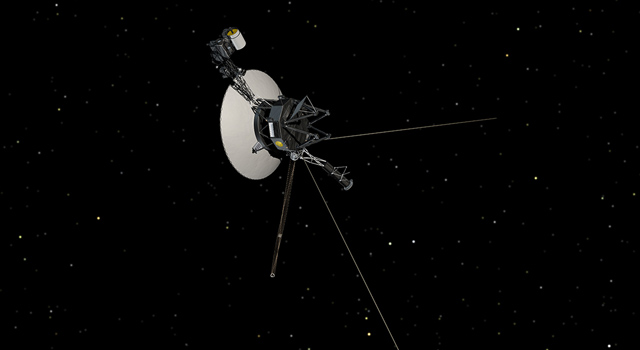News | December 1, 1989
Triton Moon Regenerating Surface

Triton, the large frozen moon of Neptune, has surface that apparently undergoes regeneration as do Jupiter's moons Europa and Io, Voyager 2 scientists said.
In paper prepared for presentation before the 1989 Fall Meeting of the American Geophysical Union in San Francisco, Dec. 4, scientists who analyzed Photopolarimeter (PPS) instrument data discussed three of Neptune's moons.
The photopolarimeter is telescope fitted with filters and polarization analyzers. It measures the way its targets reflect light and determines their properties as the reflected light is polarized by chemicals and aerosols in atmospheres, or by particles in ring systems.
Dr. Robert M. Nelson of the Jet Propulsion Laboratory is head of the satellites team for the Photopolarimeter experiment. Co-authors of the AGU paper included the Principal Investigator, Dr. Arthur L. Lane of JPL, other JPL scientists and members of the PPS science team from the University of Colorado and the University of Pittsburgh.
The paper was one of several presented by Voyager scientists in sessions during the first two days of the 5-day AGU conference Dec. 4-8.
In their analyses the investigators said the high albedo, or reflectivity, of Triton is consistent with surface such as Europa's or surface that may still be undergoing regeneration, such as Io's. (Europa, one of the Galilean satellites of Jupiter, has crust possibly of water ice that has been changed in recent eras. Io, the smallest of the four large Jovian moons, is volcanic.)
The PPS team said also that the surface of Nereid, the second largest moon of Neptune, is consistent with surface comprised of mature material, and the surface of 1989N2, one of the six moons discovered by Voyager 2, is most likely covered with primordial material deposited even earlier in the Neptune system's existence.
The Voyager project is managed by JPL for the National Aeronautics and Space Administration.
